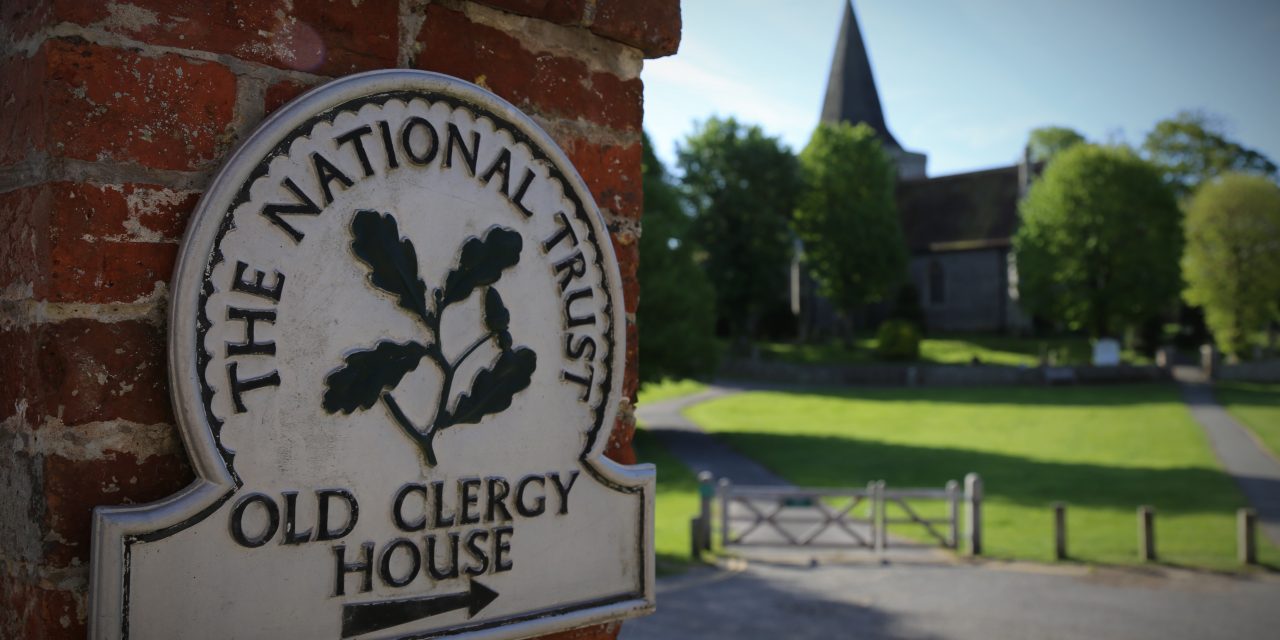When a fledgling organisation purchased the Alfriston Clergy House in 1896 for £10, its founders probably had little idea what an important first step it would be in the preservation and celebration of British places and spaces.
Of course, that organisation was the National Trust and today (Sunday, January 12) it celebrates its 125th anniversary. The Alfriston Clergy House in East Sussex, the first building bought and permanently preserved, has become a pilgrimage for supporters of the National Trust worldwide.
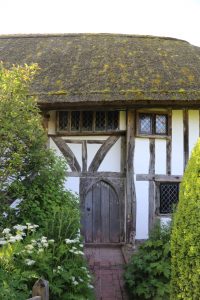
For ever…for everyone
From those humble roots the National Trust has developed into a time-honoured pillar of British cultural heritage and conservation. With a mission to “preserve and protect historic places and spaces – for ever, for everyone”, it was founded by Octavia Hill, Sir Robert Hunter and Hardwick Rawnsley in 1895.
Hill, a radical social reformer and cultural philanthropist, saw the preservation of open spaces as crucial to improving the lives of the urban poor. Thanks to her bold vision, the National Trust now oversees an extraordinary 250 hectares of farmland, 750 miles of coastline and 500 historic properties, from country houses and gardens to industrial monuments and social-history sites.
Oak symbol
But it all started in Alfriston and there you can still see the decorative cornice carving that gave the trust its sprig of oak symbol.
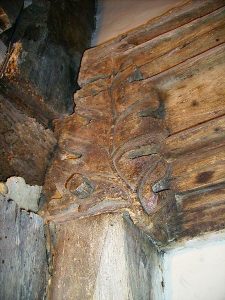
The trust was founded in 1895 and given statutory powers, starting with the National Trust Act 1907. It is now one of the largest membership organisations in the world and membership numbers have grown from 226,200 when the trust celebrated its 75th anniversary in 1970 to 500,000 in 1975, 1 million in 1981, 2 million in 1990, and by 2015, membership had reached 4.24 million. In 2017 the National Trust had 5.2 million members.
The Alfriston Clergy House is hugely significant in the history of the National Trust. If the efforts to purchase and restore it had failed it is possible that the National Trust may never have acquired another building again, meaning it would not have saved the many great houses it now owns.
Places to explore
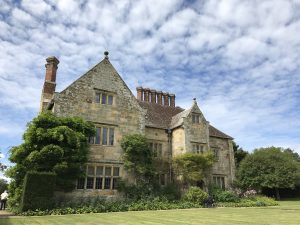
And East Sussex is home to many of them. As well as the Clergy House, residents and visitors have many other fascinating buildings and homes to explore. From the world famous gardens at Sheffield Park near Uckfield to the Monk’s House near Lewes. Rudyard Kipling’s home for more than 30 years, Bateman’s, is preserved by the Trust at Burwash, and just up the road one of the country’s most iconic sites, Bodiam, a 14th century castle, is managed by the Trust. There’s more literary history to discover at Lamb House in Rye, once home to the American novelist Henry James.
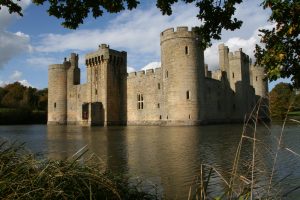
But as well as properties the Trust continues to play a key role in the management and preservation of East Sussex’s special landscape. It is custodian to Blackcap Down near Lewes, and Ditchling Beacon. It also plays a key role in the protection of Birling Gap and our famous white cliffs, the Seven Sisters.
So happy birthday National Trust from Your East Sussex! And thank you for the role you play in ensuring our county continues to be a very special place indeed.
For more information about the Alfriston Clergy House visit Alfriston Clergy House. For more details of the Trust’s other places in East Sussex visit National Trust – East Sussex
